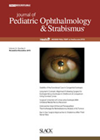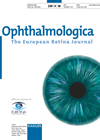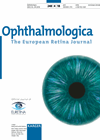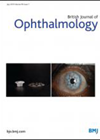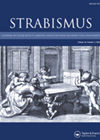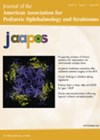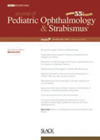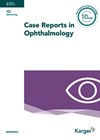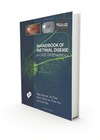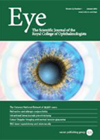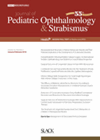You searched for "occlusion"
Consecutive exotropia overcorrection
The authors evaluate the postoperative outcomes of unilateral medial rectus recession surgery for the treatment of persisting consecutive esotropia >10PD more than six months in 16 patients (three adults and 13 children) who were overcorrected after initial surgery for intermittent...Efficacy and safety of intravitreal faricimab in nAMD, DME and RVO
30 January 2025
| Sofia Rokerya
|
EYE - Vitreo-Retinal
This paper is an analysis of data extracted from 13 eligible studies in the context of neovascular age-related macular degeneration (nAMD), diabetic macular edema (DME), and retinal vein occlusion (RVO), collected from systematic literature search of MEDLINE, Embase, and Cochrane...
DRIL after macular oedema treatment in BRVO
1 June 2019
| Sofia Rokerya
|
EYE - Vitreo-Retinal
The authors report the analysis of a single-site, retrospective, cross-sectional study to evaluate the association between disorganisation of the retinal inner layers (DRIL) and visual acuity (VA) after anti-VEGF treatment for macular oedema (MO) due to branch retinal vein occlusion...
Intravitreal bevacizumab vs. ranibizumab in the treatment of macular oedema due to BRVO
This is a randomised, prospective, non-inferiority trial of 75 patients with macular oedema due to a branch retinal vein occlusion (BRVO) who received intravitreal injections of ranibizumab or bevacizumab after 1:1 block randomisation. This study is to measure the difference...Outcomes of augmented surgery for exotropia
This was a prospective study to assess patients with basic type intermittent exotropia of 15-45PD in angle and who were operated with augmented bilateral lateral rectus recessions with conjunctival recession, and followed postoperatively for six months. The study included 15...Unilateral cataract extraction outcomes in older children compared to two studies with younger cohorts
The authors present a retrospective study of children undergoing cataract surgery between the ages of two and seven-years-old at one centre, over a 24-year period. Data including demographics, ocular history, ophthalmic findings, operative reports, adverse events, and record of re-operations...Amblyopia treatment review
This review paper summarises the main causes and neural mechanisms that characterise amblyopia. The authors analysed neuroanatomical, neurophysiological and electrophysiological studies in the literature to better understand actual treatment regimens and evaluate new therapeutic possibilities. They considered causes of strabismus,...OCT angiography sign after whiplash
7 December 2020
| Annes Ahmeidat
|
EYE - Vitreo-Retinal
Berlin’s oedema is a rare condition following blunt ocular injury and a rare finding after whiplash injury. This case describes a 48-year-old male who suffered a seventh vertebrae fracture from a traffic accident. Two days later, decreased left eye visual...
Conservative management of concomitant strabismus
1 October 2019
| Joe Smith
|
EYE - General
The aim of management for all patients with strabismus should centre around four goals: to prevent amblyopia, to alleviate symptoms, to restore binocular single vision (BSV) and to improve ocular alignment. The conservative management options available for strabismus include observation,...
Handbook of Retinal Disease: a case based approach
1 August 2016
| Sofia Rokerya
|
EYE - Vitreo-Retinal
This book is suitable for all doctors, particularly ophthalmologists, who want to further their knowledge and understanding of retinal pathologies and keep up to date. The case-based format is effective in evoking an interactive approach to differential diagnosis. The tabulation...

